This is how they measure an astronaut’s weight in space.
Astronaut David Saint-Jacques shows us how the ISS crew weigh themselves in space 👨🚀 👏
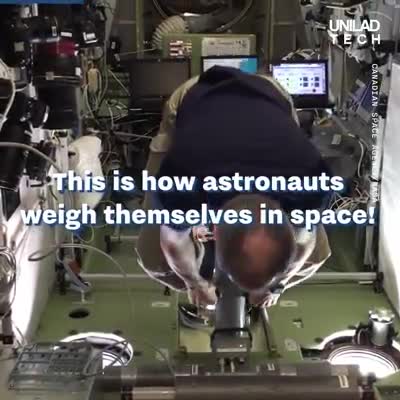
This is how they measure an astronaut’s weight in space.
Astronaut David Saint-Jacques shows us how the ISS crew weigh themselves in space 👨🚀 👏


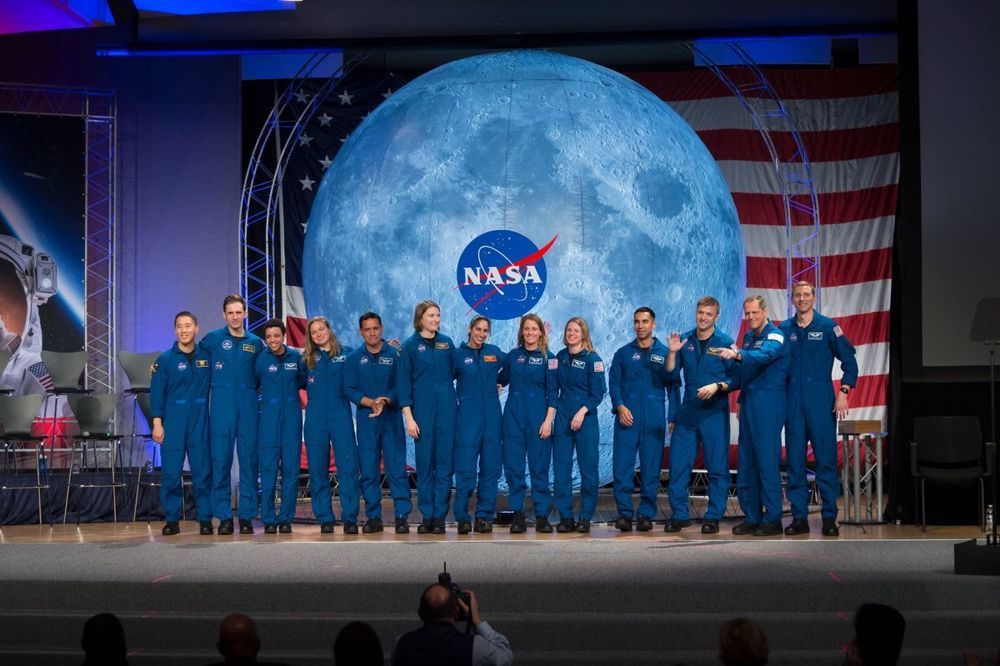
Being an astronaut of the 2020s will be completely different than it was for any astronaut that came before, a panel of spaceflyers told the virtual International Astronautical Congress Wednesday (Oct. 14).
The spaceflight environment is rapidly changing due to several different factors. The International Space Station (ISS) is pushing harder into commercialization and will soon be welcoming more and larger space agency crews on commercial crew vehicles while bringing in a few private astronauts.
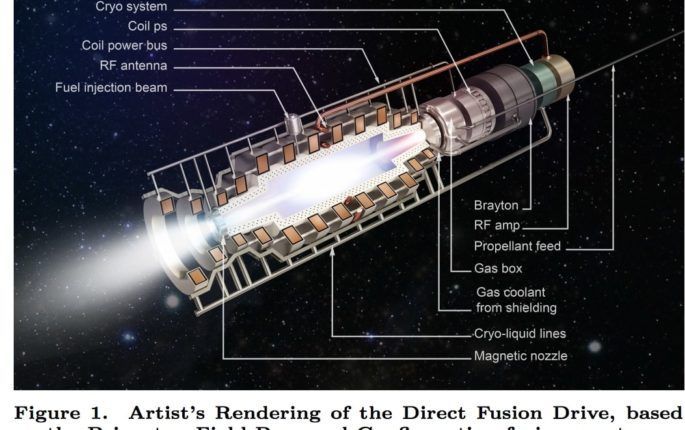
Fusion power is the technology that is thirty years away, and always will be – according to skeptics at least. Despite its difficult transition into a reliable power source, the nuclear reactions that power the sun have a wide variety of uses in other fields. The most obvious is in weapons, where hydrogen bombs are to this day the most powerful weapons we have ever produced. But there’s another use case that is much less destructive and could prove much more interesting – space drives.
The concept fusion drive, called a direct fusion drive (or DFD) is in development at the Princeton Plasma Physics Laboratory (PPPL). Scientists and Engineers there, led by Dr. Samuel Cohen, are currently working on the second iteration of it, known as the Princeton field reversed configuration-2 (PFRC-2). Eventually the system’s developers hope to launch it into space to test, and eventually become the primary drive system of spacecraft traveling throughout our solar system. There’s already one particularly interesting target in the outer solar system that is similar to Earth in many ways – Titan. Its liquid cycles and potential to harbor life have fascinated scientists since they first started collecting data on it.
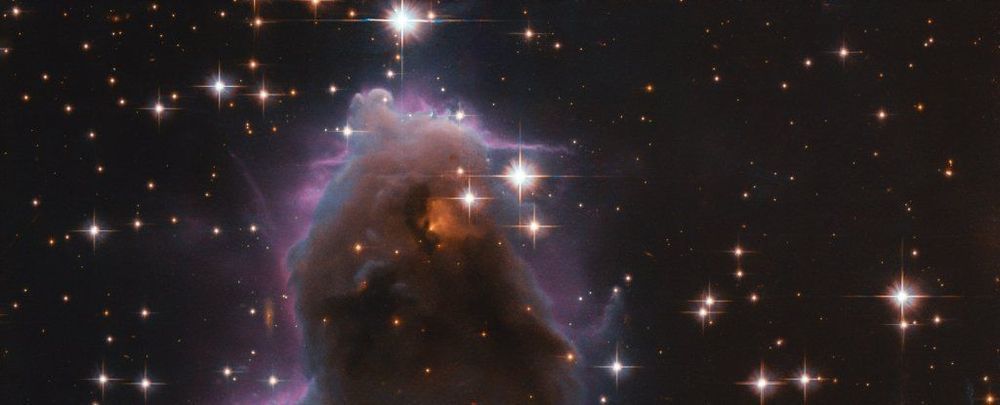
Zooming in on a small corner of cloud 7,500 light-years away, the Hubble Space Telescope has caught a fascinating stage in the development of baby stars.
It’s called J025157.5+600606, and it’s just a (relatively) tiny bulge in the colossal Soul Nebula (also known as Westerhout 5) in the constellation of Cassiopeia.
But, while the section of cloud seems insignificant in the broader nebula complex to which it belongs, it’s an excellent place to learn about the birth of new stars.
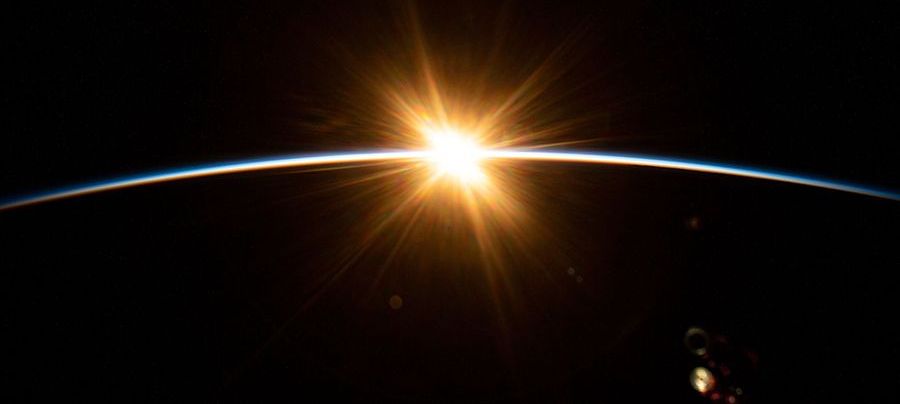
The sun’s first rays burst over the Earth’s horizon during an orbital sunrise as the International Space Station orbited above the Indian Ocean southwest of Australia.
Two veteran International Space Station residents will have a Change of Command ceremony on Tuesday before the Expedition 63 crew returns to Earth the following day. Meanwhile, the Russian portion of the crew has temporarily sealed a leak on the orbiting lab.
Commander Chris Cassidy of NASA will hand over control of the space station to cosmonaut Sergey Ryzhikov on Tuesday. The duo will be joined by the rest of their crewmates for the traditional event live on NASA TV starting at 4:15 p.m. EDT.
Cassidy will spend one more night in space with Flight Engineers Anatoly Ivanishin and Ivan Vagner before departing the station on Wednesday inside the Soyuz MS-16 crew ship. They will undock from the Poisk module at 7:32 p.m., re-enter the Earth’s atmosphere just over three hours later and parachute to a landing in Kazakhstan at 10:55 p.m. (Oct. 22, 7:55 a.m. Baikonur time). All the activities will be broadcast live on NASA TV.
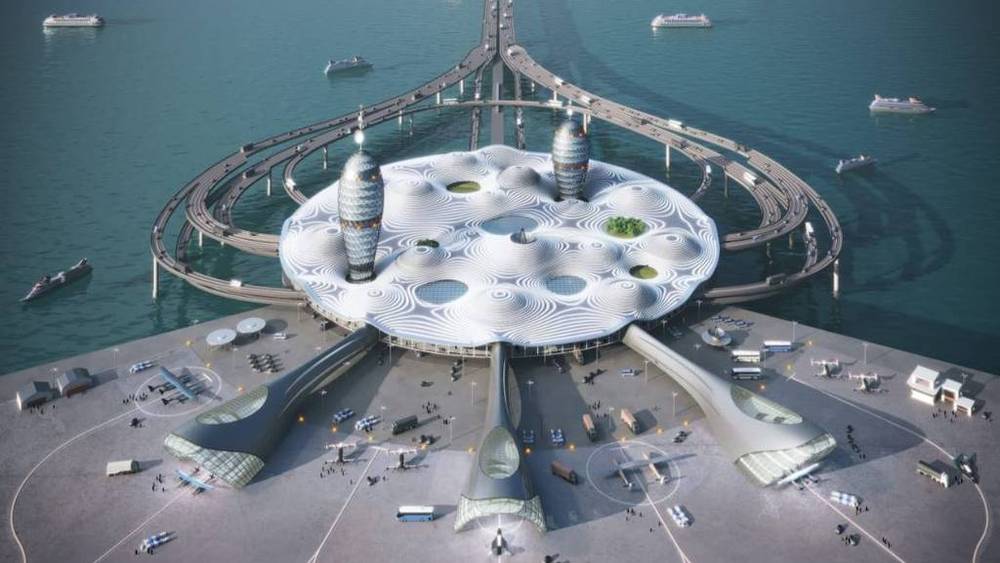
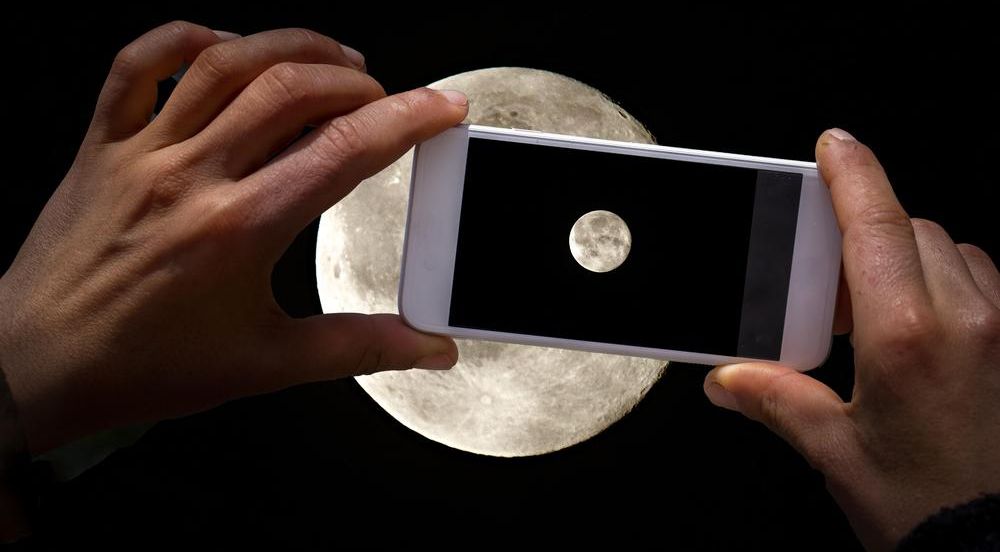
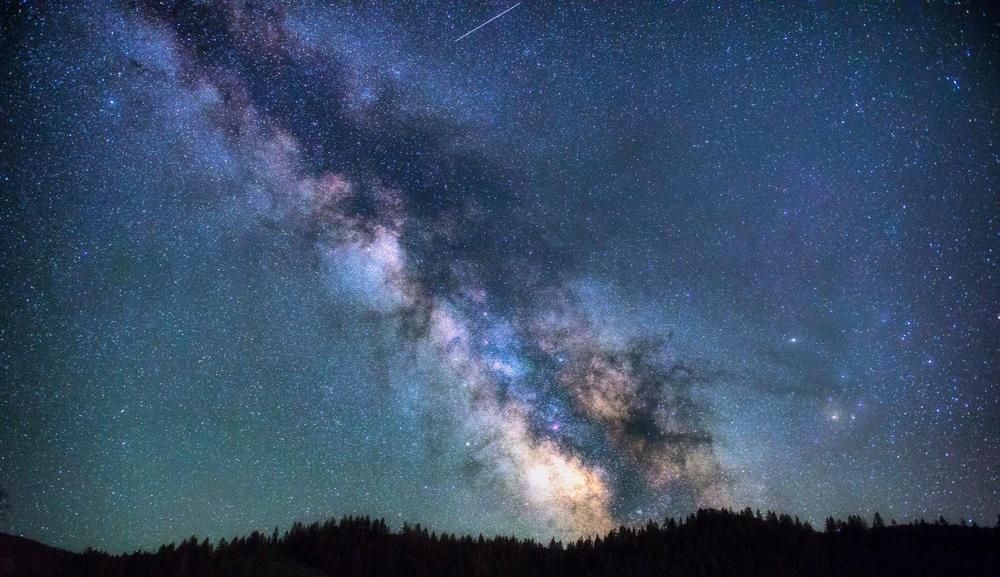
Astronomers at the University of Iowa have determined our galaxy is surrounded by a clumpy halo of hot gases that is continually being supplied with material ejected by birthing or dying stars. The halo also may be where matter unaccounted for since the birth of the universe may reside. Photo courtesy of Christien Nielsen/Unsplash.